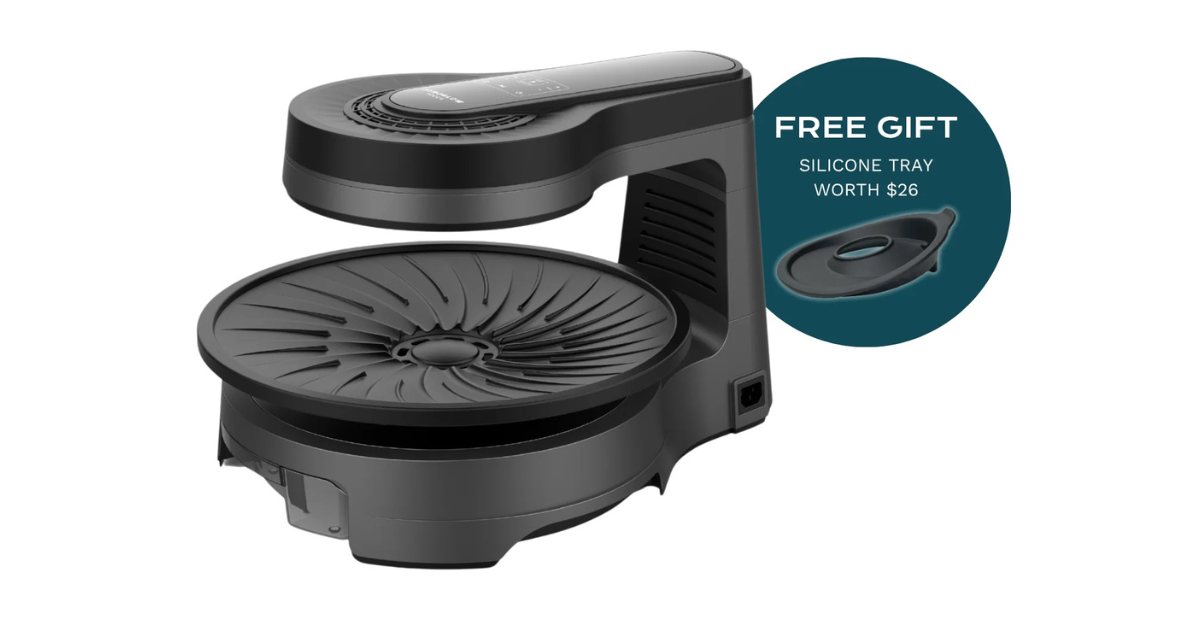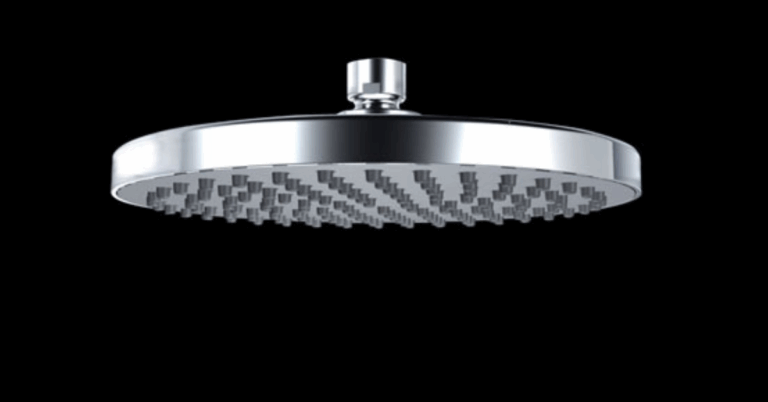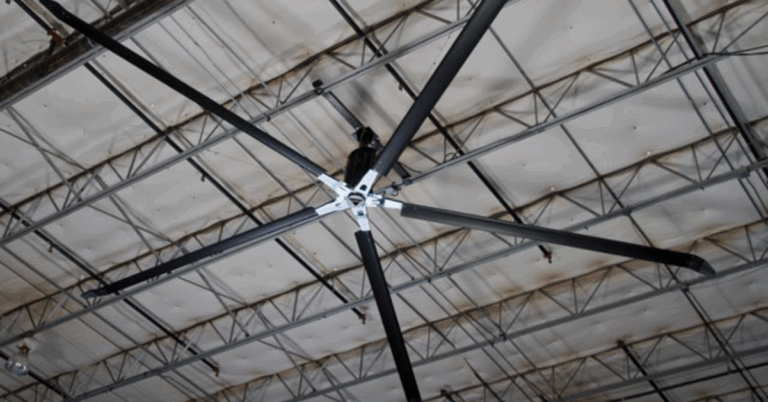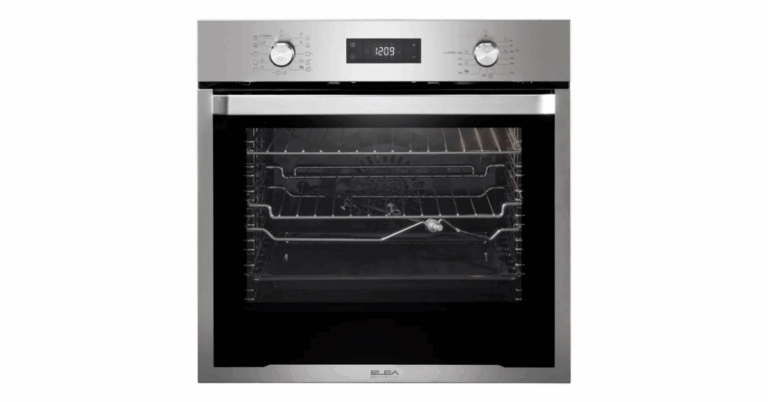Smokeless Grill: The Future of Indoor BBQ
Barbecue lovers often dream of firing up juicy cuts of meat, sizzling vegetables, and aromatic marinades but in urban homes or apartments, smoke and odor can turn that dream into a nuisance. That’s where the Smokeless Grill makes its grand entrance. This innovative appliance delivers the pleasures of grilling while minimizing smoke and mess, making it an ideal solution for indoor or semi-outdoor setups.
What Exactly Is a Smokeless Grill?
A smokeless grill is designed to reduce or eliminate the smoke typically produced when fat drips onto hot coals or heating elements. Rather than an open-flame or charcoal setup, these grills often rely on electric heating elements, infrared heating, or other mechanisms that control or vaporize drippings in a way that keeps smoke formation to a minimum. The overall goal is to let you enjoy the flavors and textures of grilled food without fighting ventilation, lingering odors, or setting off smoke alarms.
Advances in grill design now allow many models to claim smoke reductions of 90% or more, making them practical even in apartments, balconies, or homes with limited airflow.
Why Choose a Smokeless Grill?
If you’ve hesitated between traditional grilling and indoor convenience, here are compelling reasons a smokeless grill might be your best bet:
1. Cleaner Air, Fewer Odors
One of the biggest advantages is the dramatic reduction in smoke and smell. You won’t have to battle lingering BBQ aromas in your living room or kitchen. This also means fewer worries about tripping smoke detectors or irritating neighbours — an important consideration in multiunit housing.
2. Year-Round Grilling
With no dependence on charcoal or open flames, you can enjoy a spontaneous BBQ indoors any time of year. Rainy days or chilly evenings needn’t stop your grilling plans.
3. Safety and Convenience
No sparks, no hot ashes, fewer flare-ups the smokeless grill taps into electric or infrared elements, making it safer in settings where open flames would be risky. Many models come with auto shut-off features, temperature control knobs, and easy-to-clean drip trays, which make them user-friendly.
4. Compact and Space-Friendly
Traditional grills tend to be bulky and require significant outdoor space. Smokeless grills are frequently designed to be compact, tabletop-compatible, or portable — ideal where space is limited.
5. Easier Cleaning
Since many drippings and residues are managed internally (collected in drip trays or reservoirs), post-grilling cleanup is simplified. You’re less likely to scrape hardened bits stuck to grates or charcoal trays.
Types of Smokeless Grills
When exploring your options, you’ll encounter a few common categories. Understanding them helps you pick what fits your habits and space best:
1. Electric Smokeless Grills
These are among the most popular. You simply plug them in, set your temperature, and grill. Because they don’t use flames, many are safe for indoor use. Their controllability and ease of use make them a favorite for everyday cooking.
2. Infrared or Ceramic Heating Grills
These designs heat surfaces or elements that radiate heat directly to the food, often with reduced combustion byproducts. They can be efficient and quick to respond to temperature changes.
3. Hybrid / Dual-Heat Grills
Some models combine multiple heating technologies for example, electric + infrared or multi-zone heating. These can give you flexibility: a “sear zone” for high-heat cooking and a “simmer zone” for gentler grilling.
4. Portable Smokeless Grills
Compact, lightweight, and often battery or low-wattage powered, these are meant for small gatherings, travel, or balcony use. If you grill occasionally or have limited space, these can be excellent.
5. Advanced / Premium Models
These grills may include features like auto-rotating grill pans, digital touch controls, 360° heating, or even app integration. They’re more expensive, but for serious grillers wanting precision and performance indoors, they offer premium experience.
Key Features to Look For
Not all smokeless grills are created equal. When choosing one, watch for features that enhance usability, versatility, and longevity:
Effective Smoke Reduction Technologies: Look for terms like “99% smoke-free,” “vapourizing drip tray,” or “smoke suppression system.”
Temperature Control: Adjustable heat settings allow you to grill delicate foods (like fish or vegetables) or sear thicker cuts.
Non-Stick or Easy-Clean Surfaces: Removable grill plates, dishwasher-safe parts, or easy-wipe coatings make cleanup less of a chore.
Size and Capacity: Make sure the grill fits your countertop, balcony, or intended space. Also consider how much food you’ll routinely cook.
Portability or Weight: If you move your grill around or travel with it, a lighter unit with carrying handles may be preferable.
Extra Functions: Things like timers, auto shut-off, rotation, or multiple heat zones can be nice bonuses.
Drainage and Drip Tray Design: A good drip tray that channels fat away without clogging is critical to minimize smoke and simplify cleaning.
Ideal Use Cases for Smokeless Grills
Where does a smokeless grill really shine? Here are some scenarios where it becomes almost indispensable:
Urban Apartments & Condominiums
Most apartments don’t permit open-flame barbecues or have the ventilation for them. A smokeless grill lets residents enjoy grilled meals inside or on balconies without violating building policies.
Rooftop Terraces & Balconies
If your outdoor space is small or semi-enclosed, a smokeless grill is safer and more courteous to neighbors.
Indoor Kitchens & Dining Areas
For days when weather prevents going outside, you can still grill in your kitchen (preferably under some exhaust fan). Because smoke is minimized, you won’t have to worry as much about lingering smells or indoor air quality.
Small Gatherings & Weeknight Meals
It’s impractical to light a charcoal grill just for two or three servings. Smokeless grills are perfect for daily or casual grilling without the setup overhead.
Gift or Hobby Use
For grill enthusiasts, a smokeless grill is an upgrade or complementary tool you can practice techniques, test recipes, or grill indoors when weather or space restricts your usual setup.
Tips to Maximize Your Smokeless Grill Experience
To get the most out of your smokeless grill, here are best practices and tricks:
Preheat Properly
Let the grill reach the target temperature before placing food. This helps seals in juices and reduces sticking.Pat Dry Meat Before Grilling
Moisture leads to steam and can still cause smoke. Drying the surface helps reduce excess fumes.Don’t Overcrowd the Grill
Leave space between items so heat and air can circulate, which helps prevent steaming and smoke.Trim Excess Fat
Fat drippings are a major smoke source. Trim large fat slabs or edges before cooking.Use Marinades Wisely
Sugary or oily marinades can burn or smoke. Consider applying them toward the end of cooking.Clean Frequently
Don’t wait until residue hardens. Wipe down or remove parts while slightly warm (but safe to handle).Use a Lid or Cover
If your grill has a lid or cover, use it to help trap heat and reduce smoke escape.Ventilate If You Can
Even with smokeless grills, some minimal vapors can exist. Using an exhaust fan or opening a window helps maintain fresh indoor air.
Limitations & Considerations
Though smokeless grills bring many benefits, they aren’t perfect replacements for traditional BBQs in every scenario:
Flavor Trade-off
Some purists argue that charcoal or wood grilling still imparts deeper smokey flavors that electric grills can’t fully replicate.Heat Intensity
Very thick cuts or large slabs may not sear as intensely as a charcoal grill unless the unit is high-powered.Price Premium
Advanced models with smart features tend to cost more. You’ll have to judge whether extra bells and whistles are worth it.Electric Supply Dependency
If there’s a power outage or you’re far from an outlet, a smokeless grill may be unusable unlike traditional grills.Limited Size
Because these grills are often compact, they may not scale well for large parties or outdoor events needing a huge surface area.
Conclusion
For those who love grilled food but are constrained by space, ventilation, or convenience, a smokeless grill is a game changer. It offers many advantages: cleaner air, safer operation, portability, easier maintenance, and the ability to grill year-round. While it may not exactly replicate the deep smokey complexity of charcoal, for daily or indoor use it checks nearly all boxes.
If you’re in a modern home, apartment, or any place where smoke and odor are concerns, investing in a quality smokeless grill can bring the joy of BBQ directly to your countertop or balcony. Choose a model with good smoke suppression, temperature control, and ease of cleaning — and you’ll likely find yourself grilling more often and with less hassle.







